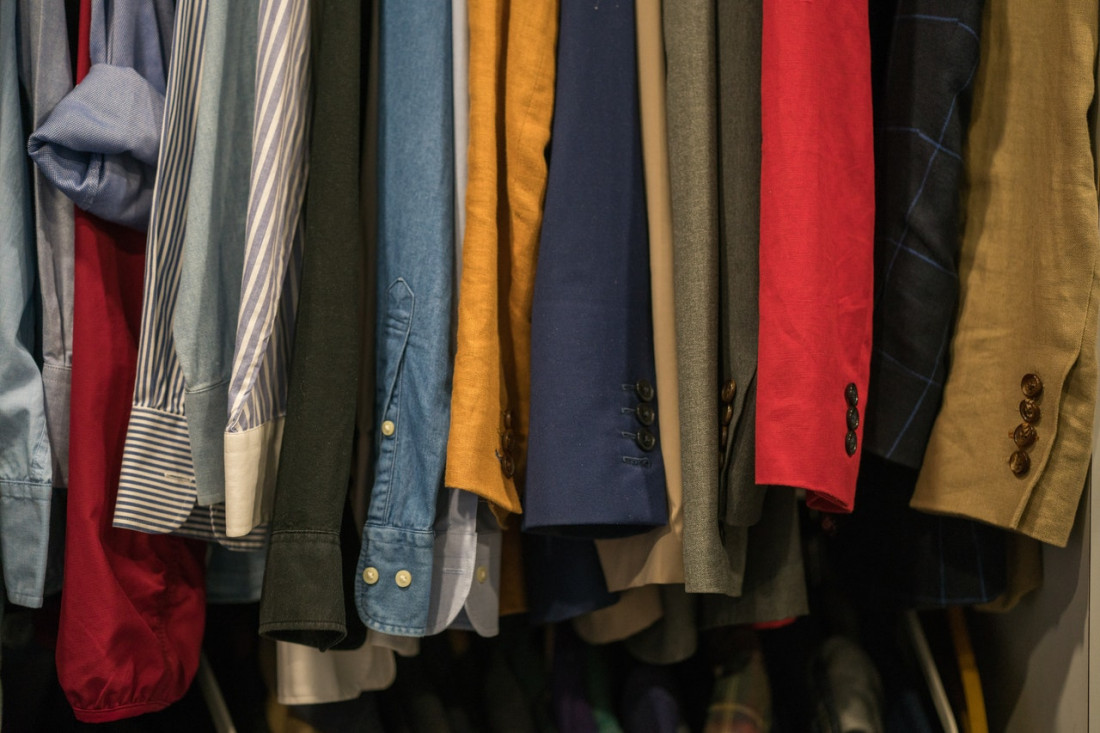A new polyethylene fabric has been created that a research team claims can keep a person twice as cool as conventional textiles. Better still, its dynamics are based on low-cost polyethylene layers that have a cotton mesh interwoven between them. This makes it cheap to produce and fashionable to wear.
The breakthrough was made by a research team from Stanford University and is based on the fact that a body cools in two distinct ways; through perspiration (where sweat is free to evaporate through a material, something regular fabrics do), and through infrared radiation (a benign wave of light that all objects emit). Whereas regular clothing traps the infrared emissions close to the body, the polyethylene layer allows these waves to leave making a person ‘nearly 4 degrees Fahrenheit cooler than if they wore cotton clothing’.
Infrared radiation is not a small deal when it comes to keeping us cool, as Shanhui Fan, a professor of electrical engineering who specializes in photonics (the study of visible and invisible light) explained when he said that, “Forty to 60 percent of our body heat is dissipated as infrared radiation when we are sitting in an office. But until now there has been little or no research on designing the thermal radiation characteristics of textiles.”
This is because textiles that do not trap infrared radiation are often transparent, something that the researchers pointed out when publishing their results in the journal Science, as follows;
“The challenge for developing a material that is transparent to IR but opaque to visible light is that the radiation spectrum (7 to 14 μm) overlaps with most of the IR absorption wavelength of common textile materials. As a result, most textile materials strongly absorb human body radiation and have very low IR transparency. [However] Polyolefins such as polyethylene (PE) have narrow absorption peaks centered at the wavelengths of 3.4, 3.5, 6.8, 7.3, and 13.7 μm, which are all far away from the peak of human body radiation. However, one cannot use a normal PE film as textile material because it is visibly transparent [much like kitchen cling film or Saran wrap] and does not have desired properties for textile, such as air permeability and water-wicking [it does not convey liquid via capillary action].”
So the Stanford engineers had a problem, and half a solution. They knew that the problem with clothes in hot weather was that they kept people warm by preventing infrared radiation, but they also knew that simple polyethylene films could not be used for clothing as they limited air-flow, were relatively water-tight and were typically transparent.
As the online journal Science Daily explains, they, “…tackled these deficiencies one at a time. First, they found a variant of polyethylene commonly used in battery making that has a specific nanostructure that is opaque to visible light yet is transparent to infrared radiation, which could let body heat escape. This provided a base material that was opaque to visible light for the sake of modesty but thermally transparent for purposes of energy efficiency. They then modified the industrial polyethylene by treating it with benign chemicals to enable water vapor molecules to evaporate through nanopores in the plastic, allowing the plastic to breathe like a natural fiber.”
By doing this the researchers had, “a single-sheet material that met their three basic criteria for a cooling fabric.”
Finally, to make the new material more like a fabric they wove a cotton mesh between two layers of the polyethylene to create a new textile, which when tested against a piece of cotton of identical thickness the modified fabric kept the body 3.6° F cooler.
You can see more about the development of this new polyethylene textile on the YouTube video here.
The future now looks exciting in finding ways to further develop this new textile. Such that the researchers, “are continuing their work on several fronts, including adding more colors, textures and cloth-like characteristics to their material.”
But they are also keen to keep production costs and chemical raw material prices low, so that the final textiles are economically viable. As Yi Cui, an associate professor of materials science and engineering and of photon science told the Stanford University website, “If you want to make a textile, you have to be able to make huge volumes inexpensively.”
With research that is focused on not only a practical goal in keeping people cool, but is also aware of polymer markets and using readily available polyethylene supplies, then the team is sure to have success in bringing their new plastic fabric to market.
But in more than just clothing, maybe it is possible to develop polyethylene to be treated in a way that makes it useable to cool other objects. For Prof. Fan believes, “that this research opens up new avenues of inquiry to cool or heat things, passively, without the use of outside energy, by tuning polymers or other materials to dissipate or trap infrared radiation.”
And if polymer engineers can master that breakthrough, then polyethylene markets will change forever.


